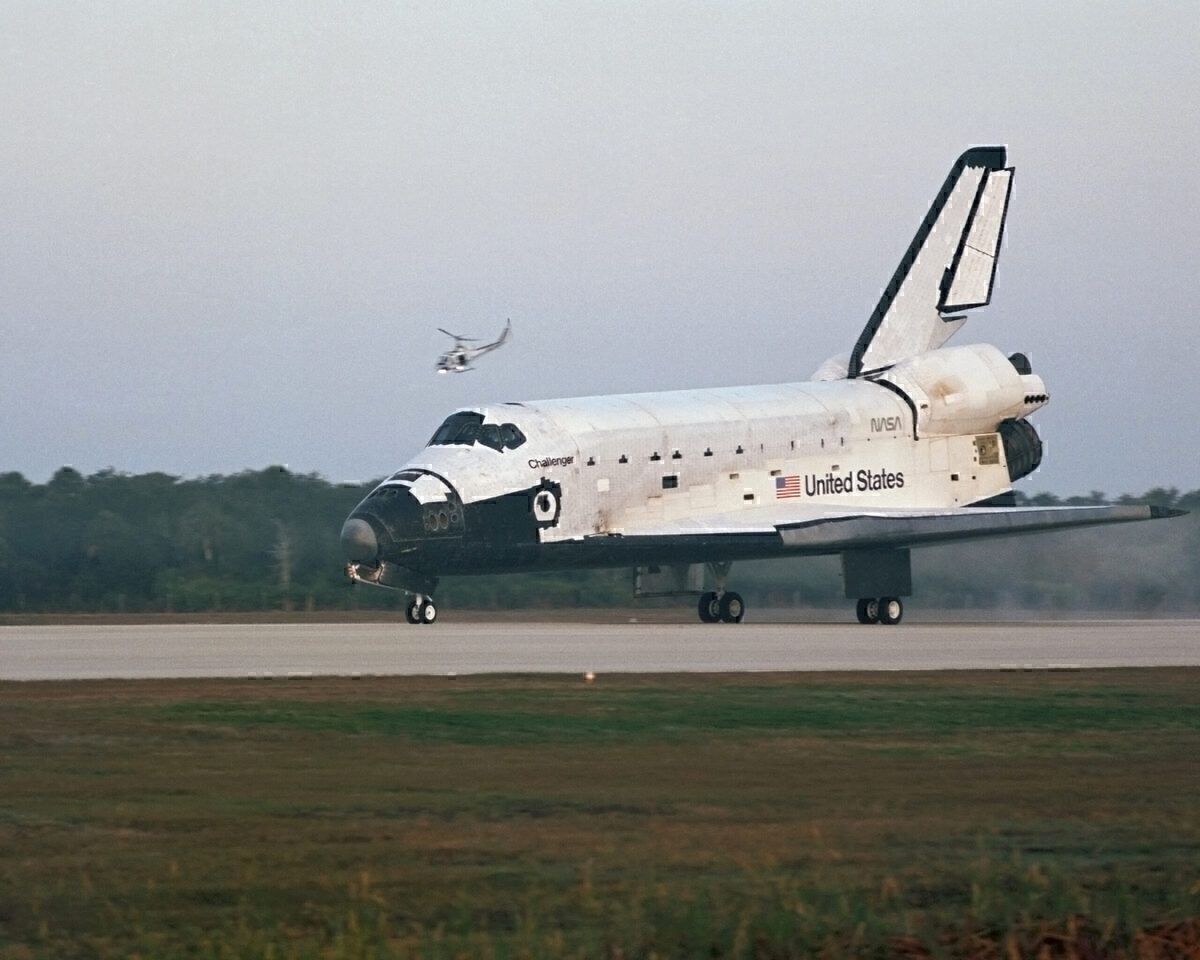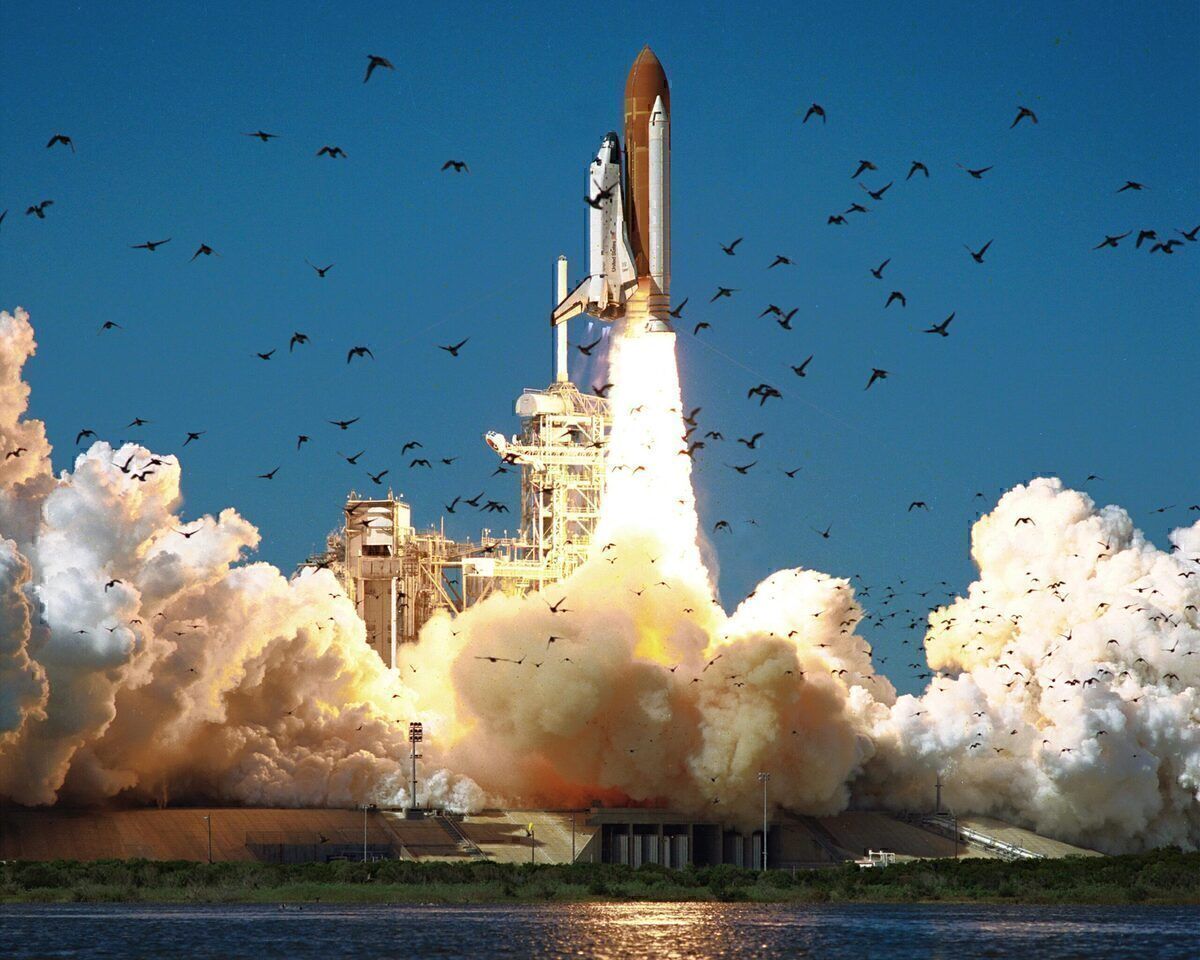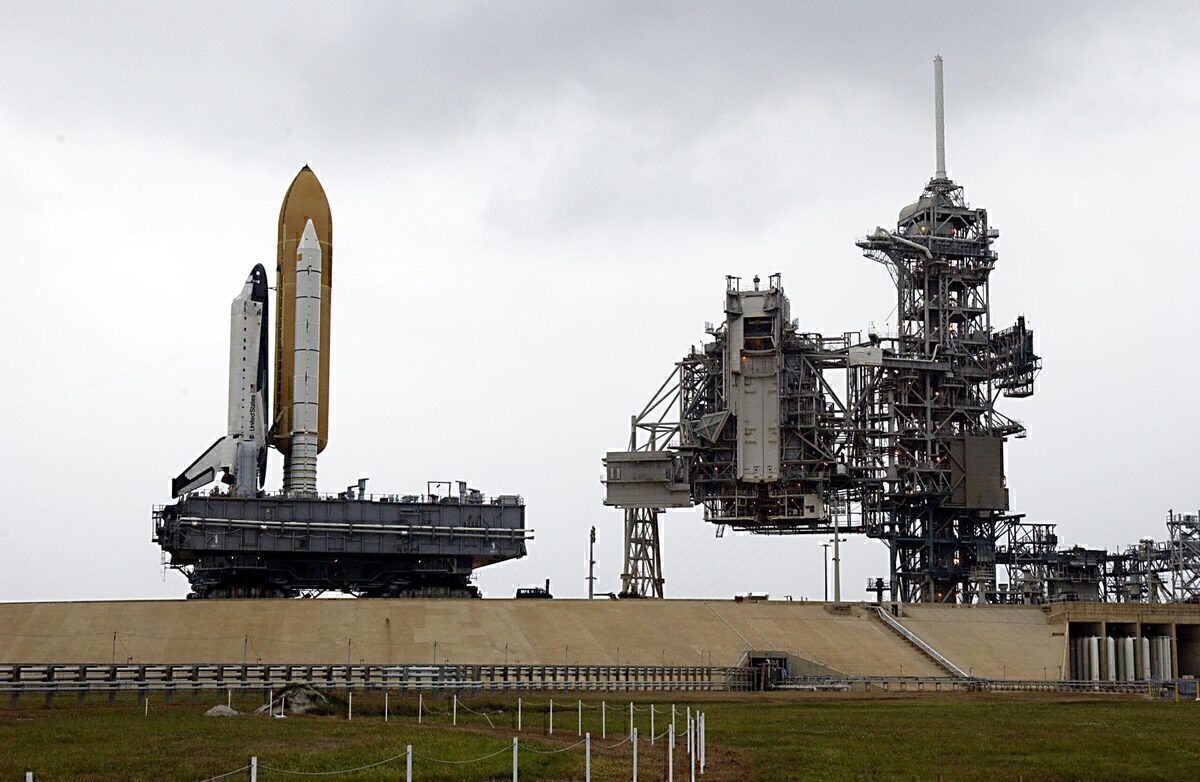The Space Shuttle was a spacecraft system used by NASA between 1981 and 2011. The US built five complete Space Shuttle orbiter vehicles between those years and operated them on 135 missions launched from the Kennedy Space Center in Florida. But, it was one thing to lift off, and another to land.
Here we take a look at what the Space Shuttle Orbiter was, and some of the airports at which it could land. Please note, this is not an exhaustive list, but highlights some of the main landing points for the vessel.
Stay informed: Sign up for our daily aviation news digest.
What was the Space Shuttle Orbiter?
The Space Shuttle had several components. One of those was the Space Shuttle Orbiter, a reusable orbital spacecraft that predated the whole system as it had its first flight in 1977. The Orbiter is known because we’ve seen it time and time again on a Boeing 747 that flew it around the world. The Queen of the Skies has a long history of helping NASA’s tasks.
NASA built five Orbiters: Columbia, Challenger, Discovery, Atlantis, and Endeavour. We all know about the Challenger and Columbia disasters in 1986 and 2003. The remaining three completed their final flights between March and July 2011.
The five Orbiters had an airplane-like design with a fuselage and two double delta wings. They had a size of about 37.1 meters (122 ft.) and a wingspan of 23.8 meters (78 ft.).
As NASA said about the Space Shuttle Orbiter,
“The shuttle was capable of launching like a rocket, reentering Earth’s atmosphere like a capsule, and flying like a glider for a runway landing. It could rendezvous and dock precisely, and serve as a platform for scientific research within a range of disciplines that included biotechnology and radar mapping.”
The requirements
As you probably know, a Space Shuttle Orbiter is not your average aircraft. It had particular requirements for landing.
The Orbiter couldn’t land like a conventional aircraft, as it only had one chance. It lacked propulsion to do an aborted landing. Therefore, NASA had a few places it could safely land its spacecraft.
The two main landing strips for the Space Shuttle Orbiter were NASA’s Kennedy Space Center in Florida and Edwards Air Force Base in California. Nevertheless, there was one landing at White Sands Space Harbor in New Mexico in 1982. Additionally, NASA had several commercial airports and military bases on standby across the world in case of emergency landings.
Kennedy Space Center
The Shuttle Landing Facility at the Kennedy Space Center has a single 4,572 meters (15,000 ft.) concrete runway. Plus, it has a 304.8 meter (1,000 ft.) overrun on each end. It is called 15/33. It first opened for flights in 1976 and was specially designed for returning space shuttle orbiters.
NASA described the runway as longer and wider than those found in most commercial airports.
The concrete runway is 40.6 (16 inches) centimeters thick in the center and 38.1 centimeters (15 inches) on the side.
If we make a comparison, the runway at Kennedy Space Center is longer than most runways in the world, but not all. China has the longest runway in the world at Qamdo Bamda Airport. It is 5,500 meters long.
Edwards Air Force Base
The Orbiter mainly landed at Kennedy Space Center. NASA preferred it that way; otherwise, it would have had to ferry the spacecraft back to Florida, using the Boeing 747.
Despite that, NASA had Edwards Air Force Base as a back-up site for landing. The Base had nine runways on which 59 missions landed.
White Sands Space Harbor
In all the history of the Space Shuttle, it only ever landed in three sites. The last one was White Sands, where the Columbia landed once in 1982. NASA had to land mission STS-3 on this dry lake bed in New Mexico because Edwards Air Force Base flooded before the spacecraft's return.
Where else could it land?
NASA had plans A, B, C, D, all the way to Z when landing the Orbiter. For instance, it listed several different Transoceanic Abort Landing Sites. Among these were the Moron and Zaragoza Air Bases in Spain, Istres Air Base in France, and even Banjul International Airport in the Gambia and Ben Guerir Air Base in Morocco.
NASA also listed a few other airports like Gander International in Canada, Kingsford-Smith in Sydney, Mataveri International in Easter Island, and even Keflavik International Airport in Iceland.
What do you think of the Space Shuttle Orbiter? Do you know any other places it could have landed? Let us know in the comments.



